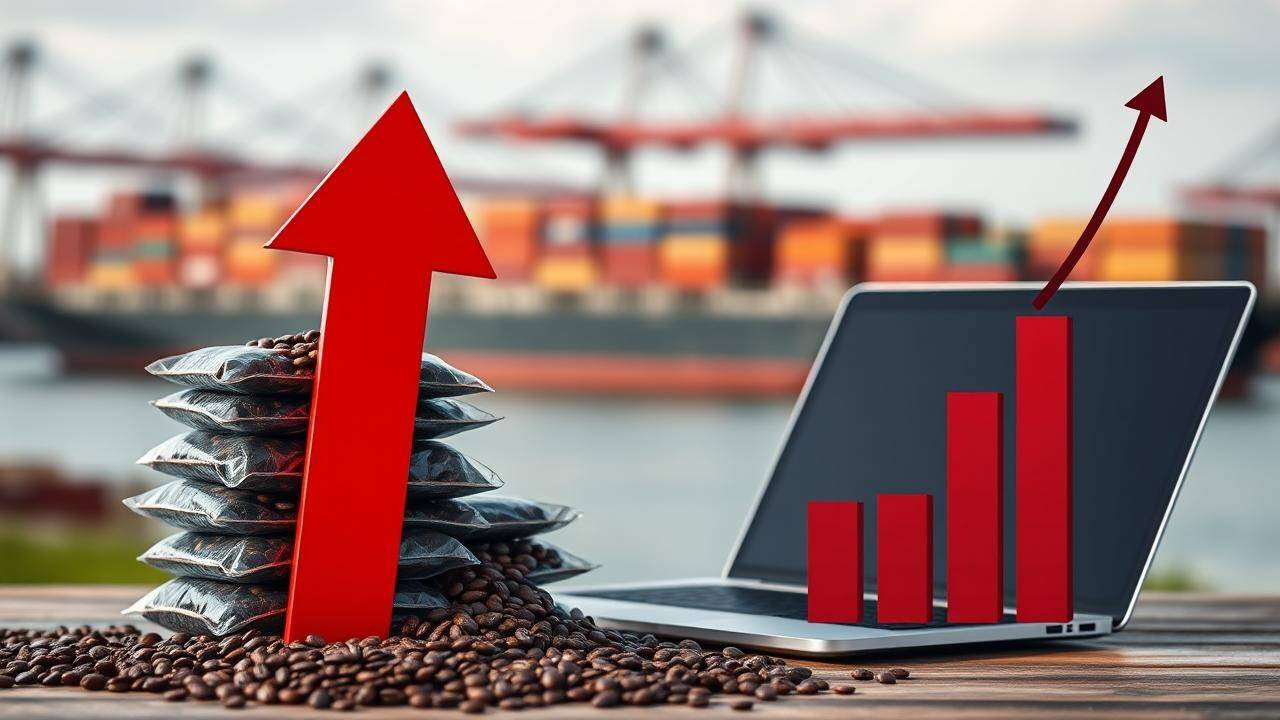President Trump’s proposed tariffs on key imports like coffee, apparel, jasmine rice, cocoa, electronics, and raw materials are set to take effect, raising concerns about increased consumer prices and economic strain. Major trading partners, including Brazil, Vietnam, China, Thailand, and India, will face significant duties.
Buckle Up: US Tariffs Hit Key Imports – What’s the Real Impact?
The economic landscape just got a little bumpier. As of Friday, a new round of US tariffs has landed, targeting specific imports and sending ripples through the global market. Forget the subtle adjustments; these are significant hikes that could change the game for both consumers and businesses. But what exactly is under fire, and how worried should we be?
Let’s cut through the jargon and get right to the heart of the matter. The US government has slapped increased tariffs on several key categories of goods, and it’s not just about trade numbers. This is about how much you pay for everyday products and the financial health of companies that rely on these imports. So, what are the main targets?
The Five Key Imports Facing the Tariff Squeeze
Think of these as the “big five” facing a price hike. Steel and aluminum, of course, are almost always at the forefront of trade disputes. But this round also hones in on semiconductors, batteries, and certain types of machinery. Each of these has a unique story and faces its own set of challenges under the new tariff regime.
Steel and aluminum are foundational to so many industries, from construction to automotive. Increased tariffs here could mean higher costs for everything from building materials to the cars we drive. Semiconductors are the brains of modern electronics. Anything from your smartphone to your car relies on these tiny chips, and a tariff hike could squeeze manufacturers and potentially drive up prices for consumers. Batteries, especially those used in electric vehicles and energy storage, are increasingly important. These tariffs could slow down the transition to clean energy by making these crucial components more expensive. Then, the tariffs on machinery, depending on the specific types targeted, might impact manufacturing costs across a wide array of sectors.
The Potential Economic Fallout: More Than Just Pocket Change
Now, let’s address the elephant in the room: the potential economic fallout. This isn’t simply a matter of a few companies seeing a slight dip in profits. Tariffs are taxes, plain and simple. They’re paid either by the importer (who usually passes the cost on to the consumer) or by the foreign exporter (who then has to lower their prices and may then not export.) These tariffs could trigger a chain reaction affecting businesses, consumers, and even international relations.
Higher import costs can lead to increased prices for consumers, effectively shrinking their purchasing power. Businesses that rely on these imported goods might struggle to remain competitive, potentially leading to job losses or reduced investment. And, of course, there’s the ever-present threat of retaliatory tariffs from other countries, sparking a full-blown trade war.

But it’s not all doom and gloom. Some argue that tariffs can protect domestic industries, encourage local production, and create jobs within the US. The crucial question is whether these potential benefits outweigh the costs, and whether the long-term strategy justifies the immediate pain. This is a key debate in economic circles right now.
Navigating the New Tariff Landscape
So, what does this all mean for you? Whether you’re a business owner, an investor, or simply a consumer trying to make informed purchasing decisions, understanding the implications of these tariffs is crucial.
Businesses might need to explore alternative sourcing strategies, negotiate with suppliers, or even consider relocating production. Investors should closely monitor the performance of companies affected by the tariffs and adjust their portfolios accordingly. And consumers? Keep an eye on prices and be prepared to make adjustments to your spending habits.
The impact of these US tariffs will be felt far and wide. Remember to check for updates, look for ways to adapt to new conditions, and keep an eye on how they change the marketplace.
To understand more about how global trade impacts investment strategies, check out this article about [investment diversification](/investment-diversification).
In conclusion, the latest round of US tariffs presents a complex and multifaceted challenge. While the stated goals may include protecting domestic industries and promoting economic growth, the potential for negative consequences, such as increased prices and trade tensions, is very real. Only time will reveal the full extent of their impact, but one thing is certain: adaptation and informed decision-making will be crucial for navigating the changing economic currents.





